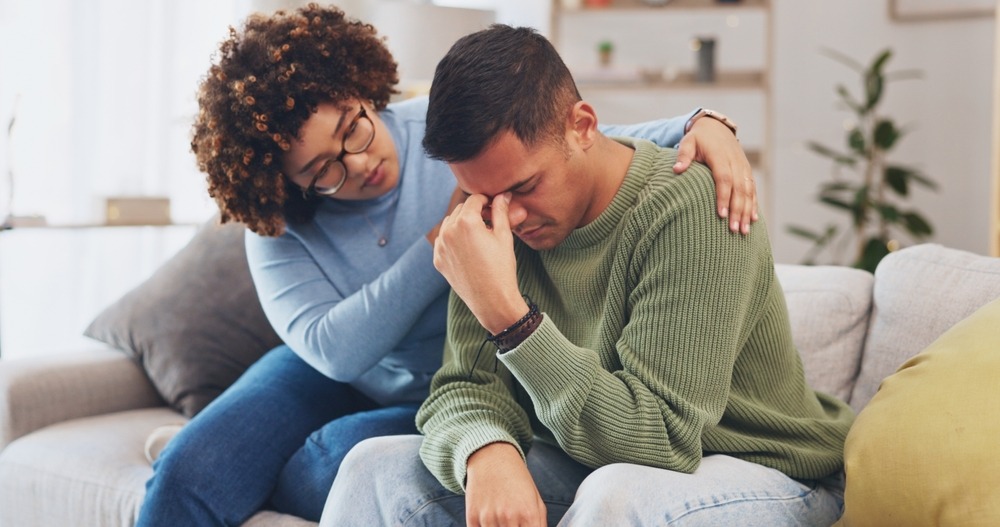Healing Childhood wounds: Childhood is meant to be a season of discovery—mud pies, messy art projects, beaming report cards, and tummy-turning swings under blue skies.
Yet for many, childhood also carried storms: harsh words, loneliness, or experiences far too heavy for small shoulders.
Those early thunderstorms don’t always fade with time; instead, they can echo loudly in adult decisions, relationships, and self-worth. This gentle guide explores how “little-you” moments shape “grown-you” realities and why healing childhood wounds is both possible and profoundly liberating.
How to heal childhood trauma as an adult?
First things first: healing is not about erasing the past; it’s about reclaiming power in the present.
If you’re wondering how to heal childhood trauma as an adult? begin by acknowledging bravery in the very act of asking. From there, consider these tender steps:
- Name what happened—safely. Journaling, voice notes, or talking with a trusted professional brings hidden stories into the light. The more clearly you describe the events, the easier it becomes to locate resources for healing childhood wounds.
- Choose trauma-informed therapy. Modalities like EMDR, Somatic Experiencing, and Internal Family Systems specialize in healing childhood wounds by processing body memories as well as thoughts. Therapy isn’t only for “severe” trauma; if an old memory still stings, it deserves attention.
- Practice present-moment skills. Grounding techniques (“five things I can see, four I can touch…”) calm the nervous system so you can stay anchored while revisiting difficult memories. Regular practice accelerates healing childhood wounds and builds resilience for future stress.
- Rewrite limiting stories. Maybe you internalized “I’m too much” or “I’m unsafe.” Cognitive re-framing replaces these with self-compassionate truths, another pillar of healing childhood wounds.
- Hold space for joy. Laughter with friends, art, dancing—pleasure counterbalances pain and proves the nervous system can feel good again. Joy isn’t frivolous; it’s medicine.
Remember, how to heal childhood trauma as an adult? is less a single answer and more a mosaic of consistent, loving choices.
Can childhood wounds be healed?
When your inner critic hisses, “Too late—you’re broken,” pause and breathe. Can childhood wounds be healed? Absolutely. Neuroscience shows that the brain remains plastic; new neural pathways form throughout life. This means healing childhood wounds can unfold at 25, 45, or 75 years old. The timeline may feel daunting, but every micro-change counts:
- Secure relationships. Warm, reliable connections rewrite old scripts of abandonment, a cornerstone in healing childhood wounds.
- Mind-body integration. Yoga, tai chi, and mindful walking teach the body it is safe to inhabit, furthering healing childhood wounds at a cellular level.
- Creative expression. Painting, music, poetry—any outlet that bypasses rational filters—gives unspoken experiences a voice, accelerating healing childhood wounds where words once failed.
- Community stories. Support groups normalize the journey, confirming that healing childhood wounds is a shared human endeavor, not a personal flaw.
So yes, can childhood wounds be healed? With courage, guidance, and kindness, the answer is a resounding “yes.”
How do you release childhood trauma?
If trauma feels like a backpack of rocks, you might ask, How do you release childhood trauma? Releasing involves mind, body, and spirit working together:
- Somatic discharge. Stored fight-or-flight energy can manifest as tension, digestive issues, or migraines. Gentle shaking exercises, breathwork, or trauma-sensitive yoga help healing childhood wounds by letting trapped energy move out.
- Narrative processing. Telling the story—aloud, in therapy, or through art—reorganizes scattered memories into coherent timelines. Clarity is a profound step toward healing childhood wounds because the brain finally files the event under “past,” not “current threat.”
- Grief rituals. Light a candle, write a goodbye letter, or plant a tree. Ritual externalizes pain, making space for healing childhood wounds through symbolic release.
- Self-forgiveness. Many survivors carry misplaced guilt. Offering yourself the apology you never received loosens shame and deepens healing childhood wounds.
- Repetition of safety. Daily affirmations like “I’m safe now” and deliberate acts of self-care signal to the nervous system that danger is over. Over time, “release” becomes a living reality, not a distant concept.
In short, how do you release childhood trauma? By addressing where it lives—in muscles, memories, and meaning—and applying compassion to each layer.
Why is healing from childhood trauma so hard?
Even with determination, you may wonder, Why is healing from childhood trauma so hard? Several factors complicate the path:
- Developmental timing. Trauma during brain-growth spurts embeds deeply; healing childhood wounds must untangle patterns woven into early wiring.
- Survival adaptations. Hyper-vigilance, people-pleasing, or emotional numbing likely protected you once. Letting them go can feel like losing armor, making healing childhood wounds emotionally risky.
- Invisible triggers. Smells, songs, or tones of voice can yank you into the past without warning, slowing healing childhood wounds because the threat feels current.
- Cultural silence. Some families or societies discourage talking about trauma. Breaking that taboo adds a social load to healing childhood wounds.
- Expectations of linear progress. Healing is often two steps forward, one step back. Viewing setbacks as failures undermines healing childhood wounds, when they’re actually part of integration.
Understanding these hurdles fosters patience. Why is healing from childhood trauma so hard? Because it asks you to rewrite foundational beliefs while respecting the pace of your nervous system. Hard does not mean impossible.
A gentle roadmap forward
As you digest these insights, keep repeating the anchor phrase healing childhood wounds to yourself—like a lighthouse for your inner child.
Whether you start therapy, join a support group, or simply allow one compassionate thought per day, you’re engaging in healing childhood wounds.
Here are daily reminders:
- Small steps matter. Five mindful breaths, one honest text to a friend—each tiny action stitches new strength into healing childhood wounds.
- Your timeline is valid. Comparison steals joy; your pace is perfect for you and your version of healing childhood wounds.
- Celebrate resilience. The fact that you’re reading this proves your spirit’s refusal to stay stuck. Honor that spark; it fuels healing childhood wounds.
- Seek specialized help. Trauma-trained therapists are allies, not judges. Professional guidance accelerates healing childhood wounds by tailoring strategies to your unique story.
- Cultivate delight. Humor, art, nature—moments of wonder aren’t distractions; they’re essential nutrients in healing childhood wounds.
A loving closing note
Childhood trauma may have cast long shadows, but you are not only what happened to you.
You’re also every sunrise you’ve witnessed since, every laugh you’ve shared, every act of kindness you’ve offered. Healing childhood wounds doesn’t erase the past; it reclaims your right to a luminous present.
So, hold your younger self’s hand—gently, bravely—and step toward the life you both deserve. Because when one person commits to healing childhood wounds, the ripple effect transforms families, friendships, and communities.
And that, dear reader, is the kind of world-changing magic your healing journey can spark.

